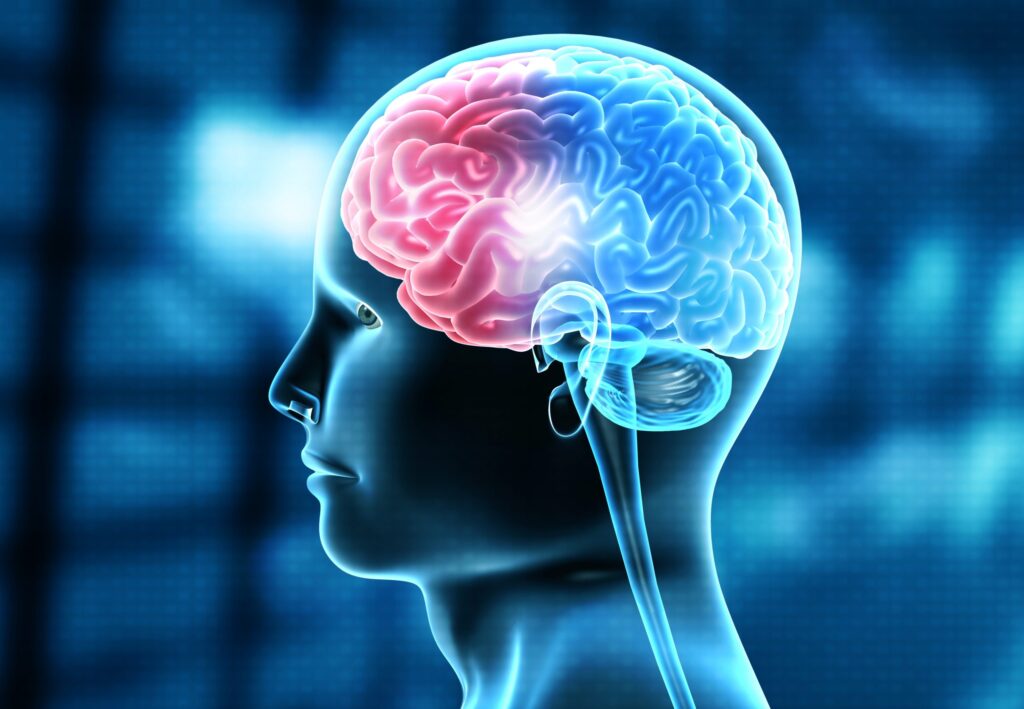What does TMS do to Your Brain?
TMS (Transcranial magnetic stimulation) is a therapy procedure that employs a magnetic field to influence brain activity. It can treat depression, OCD, anxious depression, anxiety, and other brain-related disorders.
This treatment is non-invasive and may help when other treatment approaches are ineffective. Side effects are usually mild and temporary.
TMS (TRANSCRANIAL MAGNETIC STIMULATION) THERAPY
TMS is a non-invasive therapy that involves the use of a magnetic field to influence the natural electrical activity of your brain. This therapy, first developed in 1985, now finds widespread use for various brain and mental health-related afflictions.
HOW A MAGNET AFFECTS THE FUNCTIONING OF THE BRAIN
The two basic principles of physics: electricity and magnetism, make TMS (transcranial magnetic stimulation) possible. Likewise, these two concepts can also work collaboratively, and TMS depends on their ability to work together.

Depression is not something someone can snap out of it. For example, you cannot fix the problem with a good night out. Do not try to downplay the condition when talking to someone suffering from depression.
Depression is a severe condition. Therefore, unfortunately, you won’t be able to support people suffering from depression by telling them to cheer up or pull themselves together and get over it.
The area surrounding a magnet is magnetically active, and we call that the “magnetic field” to the influence of that magnetic attraction in that space. You cannot see that field, but the area still reveals the effects of the magnet at its center.
When you bring a magnet close to something that conducts electricity, the interaction between the conducting item and the magnetic field generates electricity. This situation matters because the brain is electrically active.
Brain cells in your brain and nerves (neurons) use small amounts of electricity to send and transmit information throughout your brain and body. For example, approaching a magnet close to your brain can influence electrical activity.
Because of that, TMS therapy focuses on specific regions of your brain, specifically those related to your emotions, feelings of pleasure, internal decision-making, and others.
However, doing TMS requires a magnet that turns on and off. Accomplishing that is possible by using electricity to manage when the magnet is on or off. It also involves a magnet type much more potent than your household appliances’ average ones.
AN OVERVIEW OF HOW TMS WORKS
Professional healthcare providers administer TMS therapy as an outpatient procedure in approximately twenty-minute sessions. During this procedure, the trained staff places a magnetic coil over the patient’s head in the target area. The magnetic field emitted by that coil produces an electrical flow in the brain.
This electrical flow stimulates specific neurons (brain cells) that were not activated. When activated, these neurons release more neurotransmitters. Neurotransmitters permit neurons to intercommunicate with each other and create pathways between different areas of the brain.
In TMS, neurons in the left dorsolateral prefrontal cortex activate to stimulate the brain’s mood pathway and regulate mood.
NEW EVIDENCE SHOWS THAT TMS REWIRES NEURONS
Recent studies show that TMS affects how neurons connect, influencing the neural network. More specifically, these studies showed that TMS makes neuronal connections vulnerable to reorganization.
During these studies, the researchers observed neural activities in cats in the visual cortex of the brain (the part of the brain that processes visual information). Researchers exposed the cats to the same visual stimuli before and after TMS, during which they recorded the behavior of the neurons.
Subsequently, researchers noticed that after TMS, the neurons responded in a less defined manner; they did not prefer any specific orientation.
Next, researchers added a step. After TMS therapy, they exposed the cats to twenty minutes of visual stimuli different from those shown before TMS therapy in hopes of training the neurons to communicate using new pathways.
Finally, the visual exercise after TMS therapy caused the creation of new neural pathways. Moreover, neurons preferred the paths created post-TMS training, even hours later. In conclusion, this event suggests that neurons are flexible after a TMS therapy session and can change how they connect and communicate, essentially reshaping the neural network.
IS TMS DANGEROUS TO THE BRAIN?
Experts in the field have conducted various research studies on TMS. None of those studies link TMS to harmful changes in the brain. However, there are very isolated cases where individuals have reported side effects.
However, such cases are sporadic, and there are very few cases in which experts concluded that TMS was probably the cause.
NEUROCARE CENTERS OF AMERICA
The bottom line is that TMS (transcranial magnetic stimulation) therapy entails employing a magnetic field to affect the electrical activity of your brain. This procedure mainly helps to treat depression, OCD, anxious depression, and anxiety.
Even though it is not first-line therapy, TMS provides hope for individuals who have not seen improvement with other, more standard treatments. For severe or treatment-resistant depression, TMS is a potentially life-saving therapy. Experts are also investigating if it can help other brain-related conditions, opening up possibilities for more advantageous uses for the treatment.
You are not alone. At Neurocare Centers of America, your health and well-being are essential to our success. Contact us. We are here for you.
